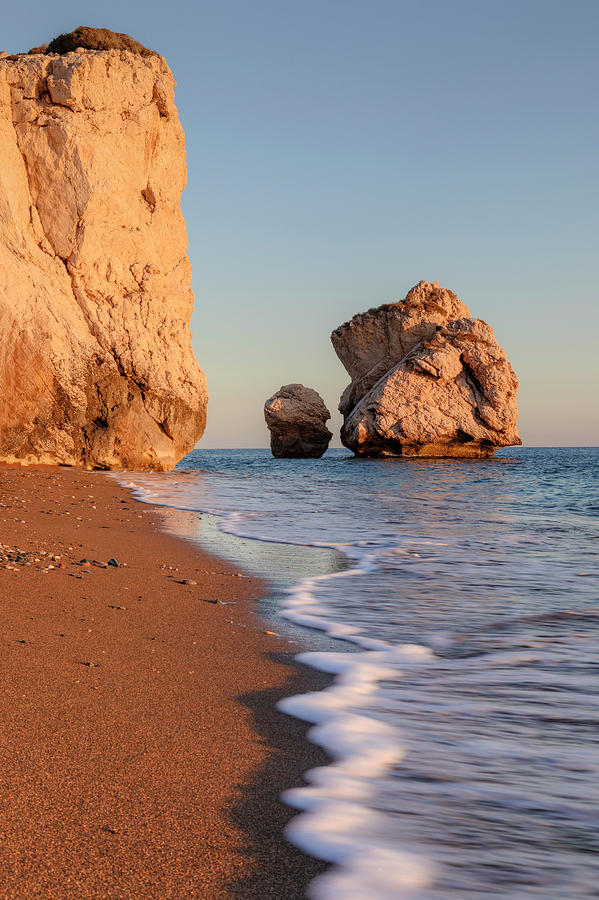
Aphrodite's Rock Cyprus Photograph by Joana Kruse Fine Art America
Aphrodite Rock. The Birthplace of Aphrodite is one of the most beautiful beaches near the city of Paphos, where locals can enjoy swimming with their families. In the water one can see the enormous rock where legend says Aphrodite, the Goddess of Love, was born from the ocean. Petra tou Romiou, or Aphrodite's Rock, the legendary birthplace of.
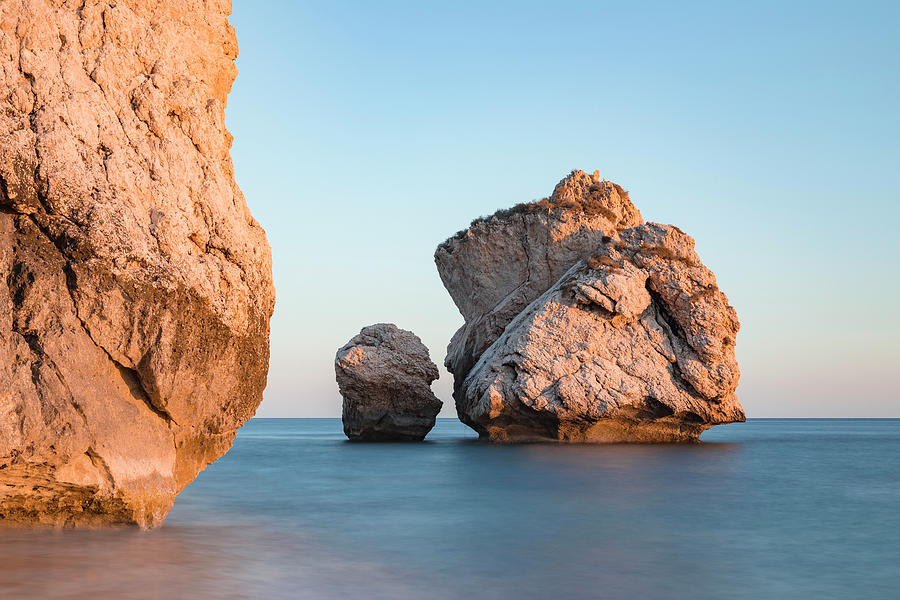
Aphrodite's Rock Cyprus Photograph by Joana Kruse Fine Art America
Aphrodite's Rock (December 2021) Petra tou Romiou (Greek: Πέτρα του Ρωμιού; lit. "Rock of the Roman", that is Eastern Roman or Byzantine, or "Rock of the Greek"), also known as Aphrodite's Rock, is a sea stack in Paphos, Cyprus.It is located off the shore along the main road from Paphos to Limassol.The combination of the beauty of the area and its status in mythology as the.
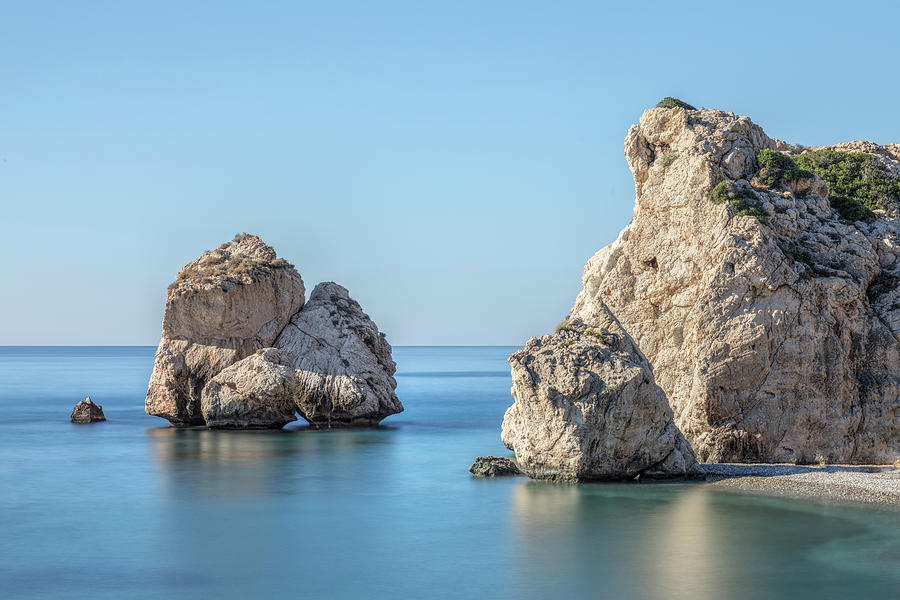
Aphrodite's Rock Cyprus Photograph by Joana Kruse Fine Art America
Nearby Cyprus attractions. 1. Sanctuary of Aphrodite. 4.28 MILES. A World Heritage Site, the sanctuary is recognised as being one of the most important ancient sites related to Aphrodite in Cyprus and yet it is arguably…. 2. Melanda Beach. 7.47 MILES. An arc of fine pebbles and sand sheltered by low, white cliffs and backed by olive trees.
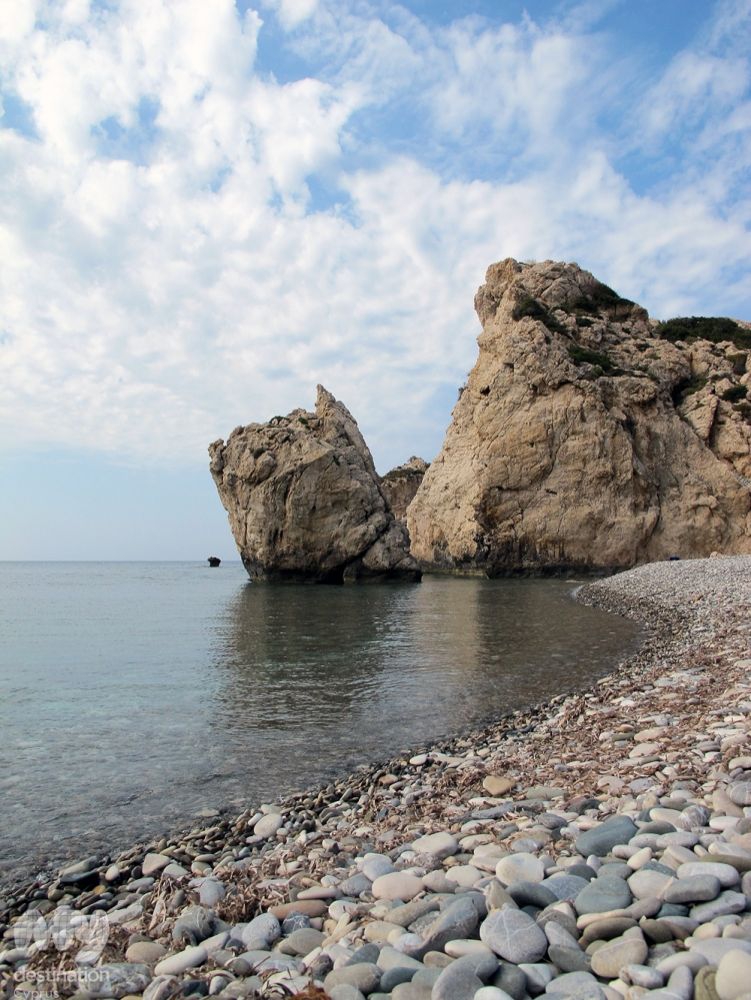
Aphrodite's Rock Petra tou Romiou in Cyprus My Guide Cyprus
Petra tou Romiou, also known as the Rock of the Roman is a beautiful destination surrounded by mythological legends. Located in Paphos, Cyprus, this area is known as the Goddess Aphrodite's birthplace. The breathtaking coastline is on the southwest coast of Paphos, and visitors won't soon forget the beauty of this area.
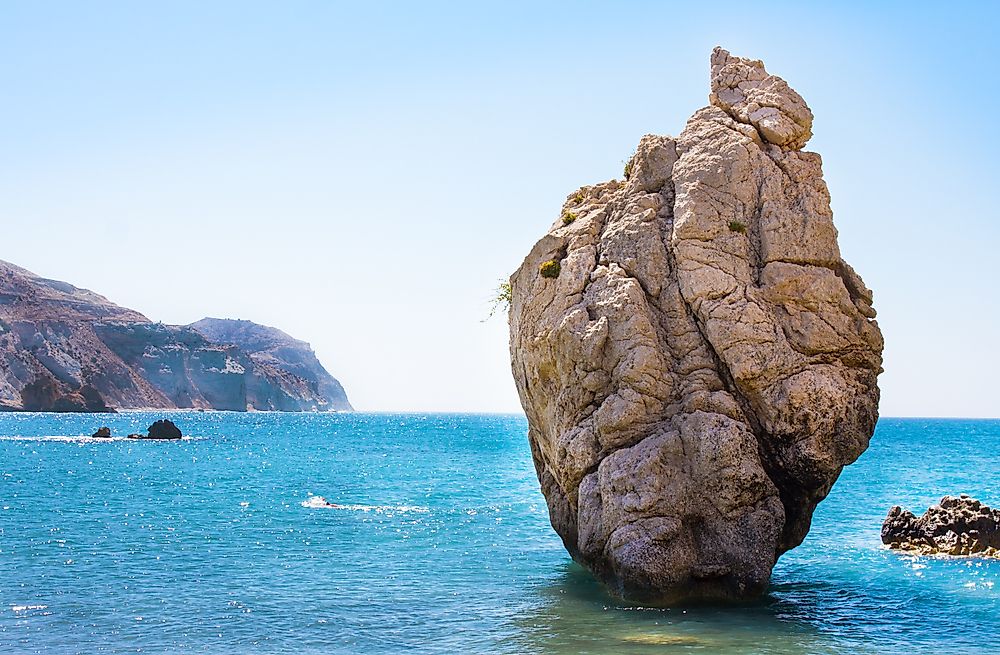
What and Where Is Aphrodite's Rock?
Aphrodite's Rock is the ocean birthplace of the mythical Greek goddess of love and beauty. If you feel like living the legend, all you have to do is travel till Kouklia in Paphos; this is said to be the place where Cronus mutilated Uranus and Aphrodite came to life. The spectacular Aphrodite´s rock, also known as " Petra tou Romiou" is an.

Aphrodites Rocks, Cyprus Cyprus greece, Cyprus island, Greece
Print. Aphrodite Rock is a landmark located off the shore along the main road from Paphos to Limassol, on the island of Cyprus. As its name suggests, the rock is associated with Aphrodite, the Greek goddess of love. According to legend, this was the place where the goddess was born. Aphrodite Rock is known also as Petra tou Romiou, a name which.

Aphrodite's Rock overlooking the Mediterranean near Paphos, Cyprus Mares, Piscina, Praia
Aphrodite's Rock (Petra Tou Romiou) - The Birthplace of Aphrodite. Petra Tou Romiou, also known as Aphrodite's Rock is an ancient place in Paphos, Cyprus which is said to have been the birthplace of Aphrodite. Today it's one of the most popular tourist attractions in the Paphos region, and it's truly a beautiful place.

Aphrodite's Rock Photos, Diagrams & Topos SummitPost
We stopped on the parking and headed to the beach. The rck of Aphrodite on sunset, Aphrodite's Rock, Cyprus - Petra tou Romiou. So, Hesiod in his Theogony writes that Chronos, the son of Mother Earth Geia and the god of gods Uranus, cut his father's genitals and threw them in toe sea. According to the poem, the immortal flesh floated for.
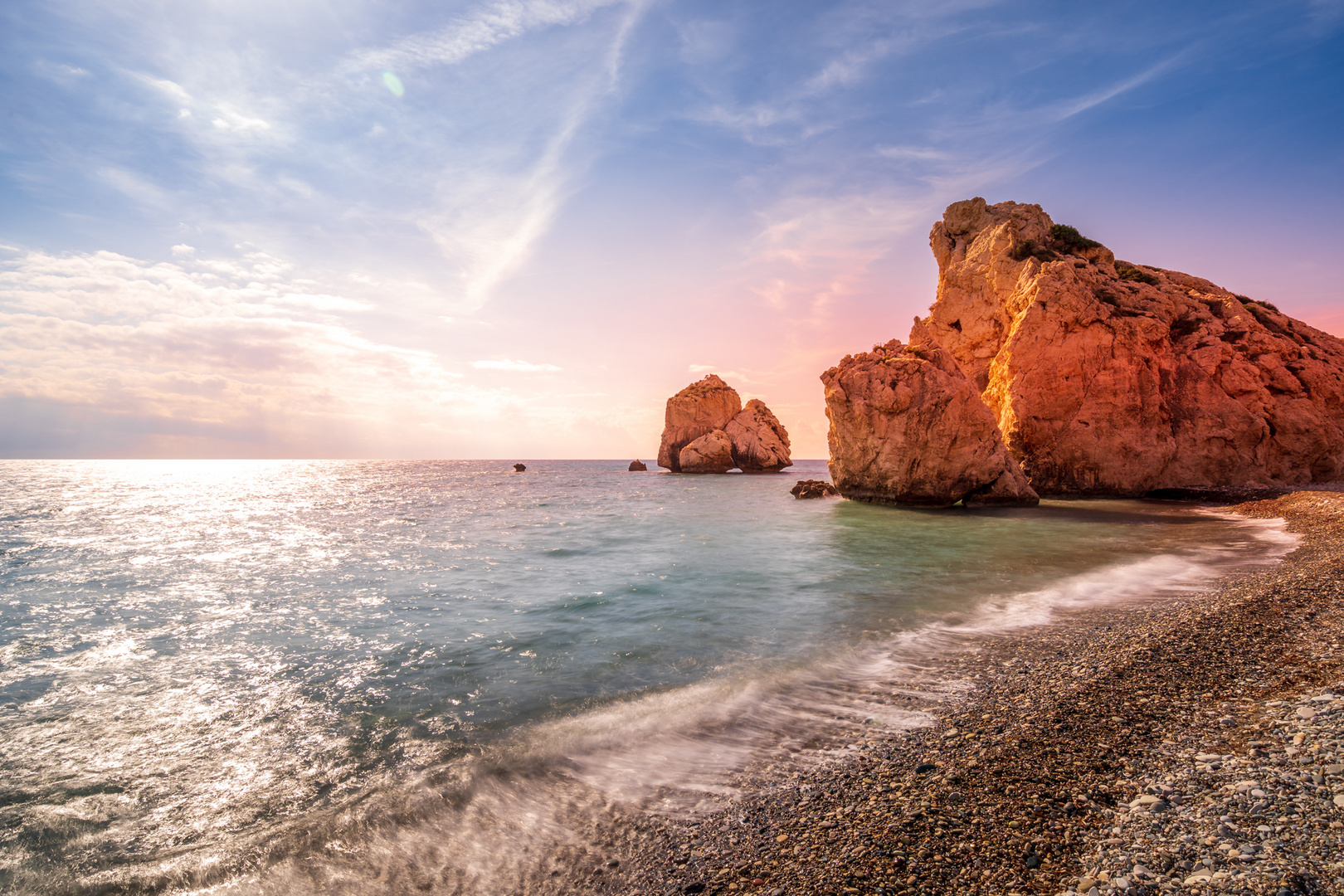
Aphrodite's Rock Foto & Bild europe, cyprus, beach Bilder auf
The History of Aphrodite's Rock. Aphrodite's Rock has a legend that says Aphrodite was born in the waters surrounding the rock. The beach of Aphrodite's Rock is situated on the old road just.
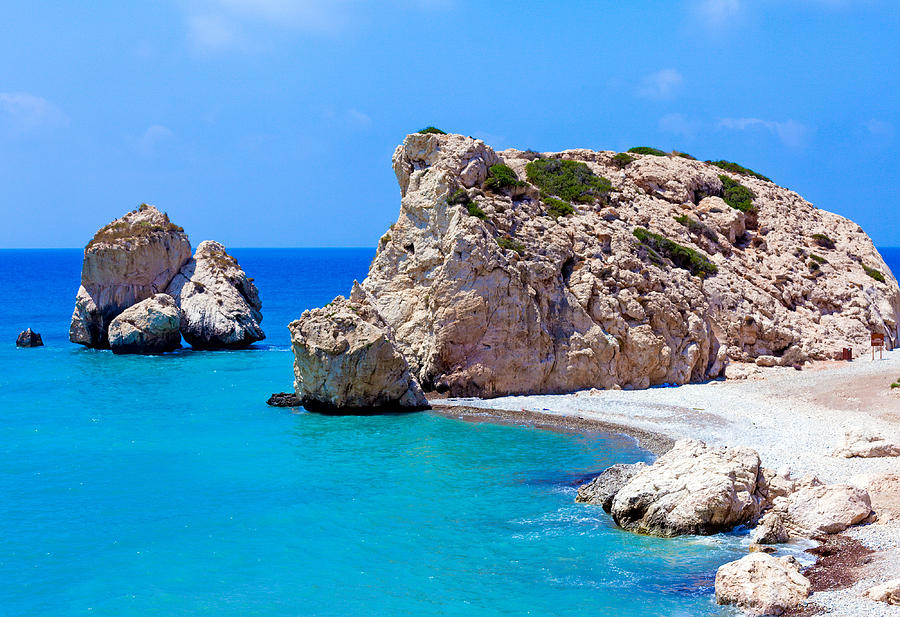
Rocks Of Aphrodite Paphos Cyprus Photograph by Rostislav Ageev
Petra tou Romiou (Aphrodite's Rock) is located on the coast along the road from Paphos to Limassol, it is well signposted. The Rock, or sea stack is a geological landform consisting of a steep vertical column of rock in the sea which has formed by wave erosion. Petra tou Romiou is the largest of rocks along coast.

The Historical Aphrodite’s Rock in Cyprus by Denise Larkin Hotspot Travellers Medium
According to legend, here is the place where Aphrodite rose from the waves. The Greek name, Petra tou Romiou, 'the Rock of the Greek', is associated with the legendary Byzantine hero, Digenis Akritas, who kept the marauding Saracens at bay with his amazing strength. It is said that he heaved a huge rock into the sea, destroying the enemy's ships.
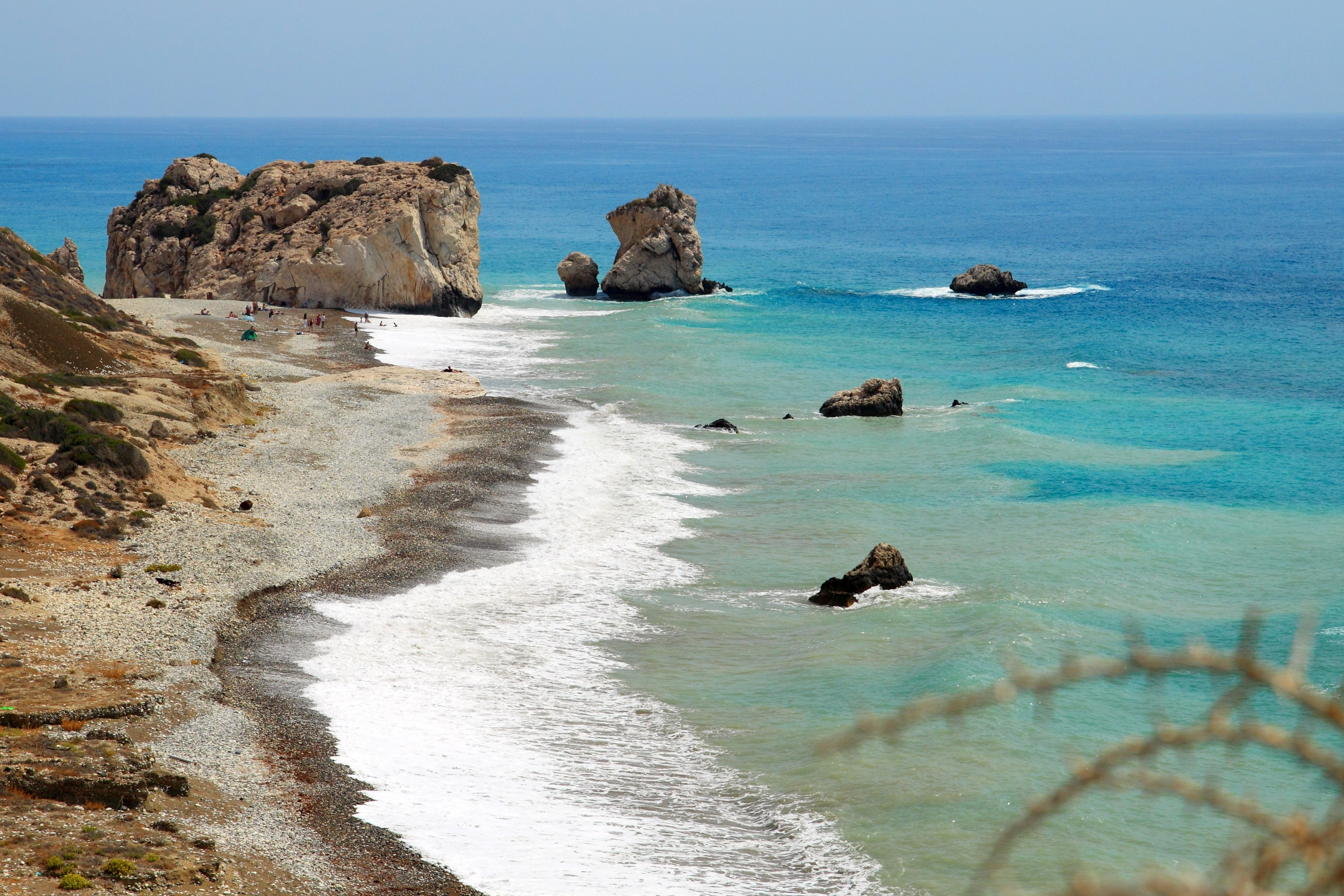
Rock of Aphrodite in the landscape on the coast in Cyprus image Free stock photo Public
The ancient Greeks held that Cyprus was so beautiful, it was a playground of their gods and the birthplace of the fairest, Aphrodite, the goddess of love.While there's little chance of bumping.

Aphrodite's Rocks Cyprus Blog about interesting places
"Rock of the Roman"- Aphrodite's Rock is a sea stack between Limmasol and Paphos. It actually nothing special and only its status in mythology as the birthplace of Aphrodite makes it a popular tourist location.
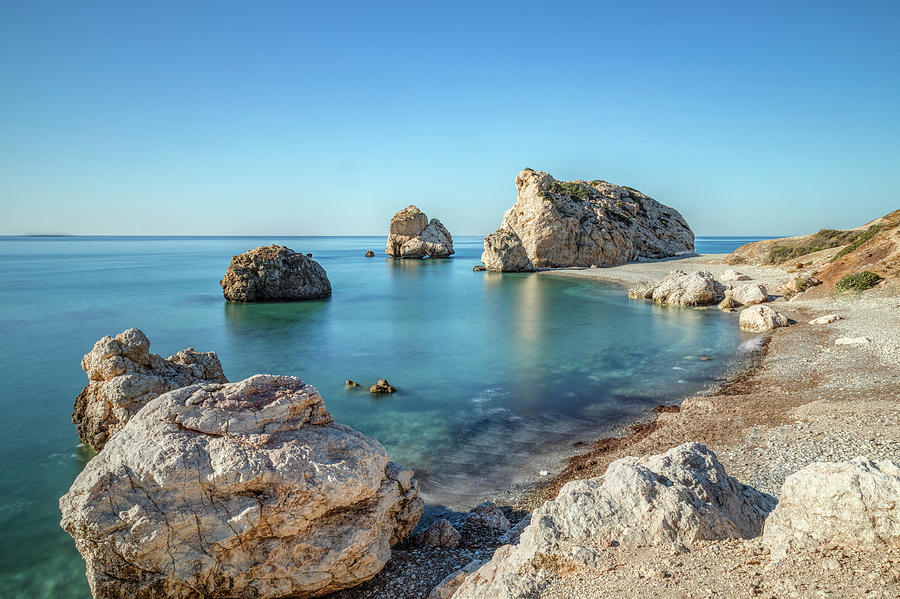
Aphrodite's Rock Cyprus Photograph by Joana Kruse Pixels
Aphrodite's Cove in Cyprus. The Aphrodite Stone is a large rock formation located on the southwestern coast of Cyprus, on the Akamas Peninsula, near the city of Paphos. This natural object, according to legend, is associated with the goddess of love and beauty Aphrodite. It is also called petra tu romiu, or the stone of the Romies, or the.

Your Ultimate Guide of Things to Do in Cyprus Fork and Foot
Aphrodite's Rock is a sea formation of rock on the costal line from Limassol entering to Paphos. It's also known as 'Petra tou Romiou' (Rock of Romans). Most people in Cyprus know this place from our mythology and it being the birth place of the goddess Aphrodite. The Goddess of love and beauty rose from the foam of the waves crashing.

Aphrodites Rock, Paphos, Cyprus October travel, Beautiful places, Walking holiday
Petra tou Romiou, a rock off the shore along the main road from Paphos to Limassol, has been regarded since ancient times as the birthplace of Aphrodite, goddes of love and fertility.. According to ancient tradition, Aphrodite was born from the waves on the site off the coast of Cyprus. In his Theogony (178-206), Hesiod provides the following dramatic account of the event: